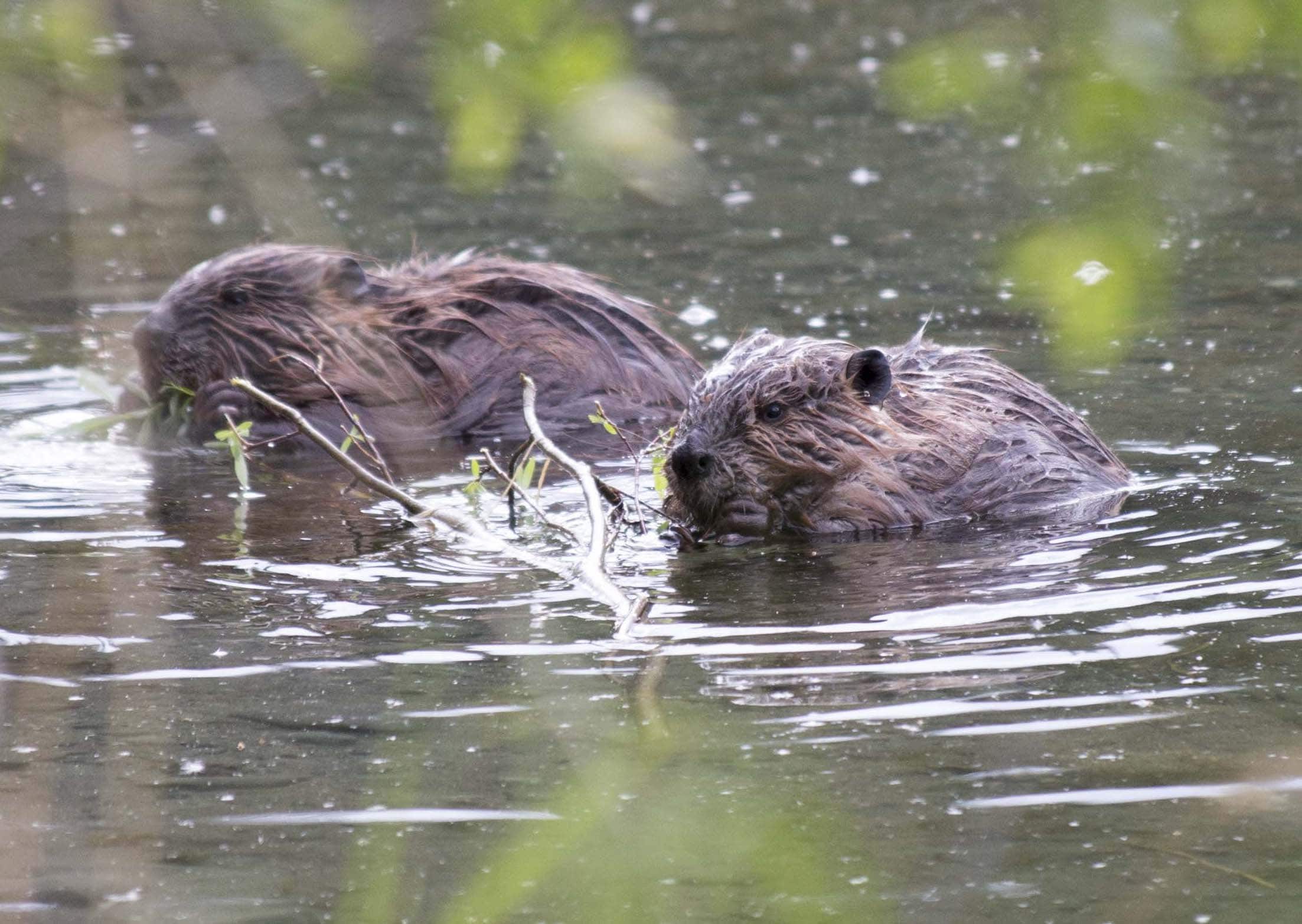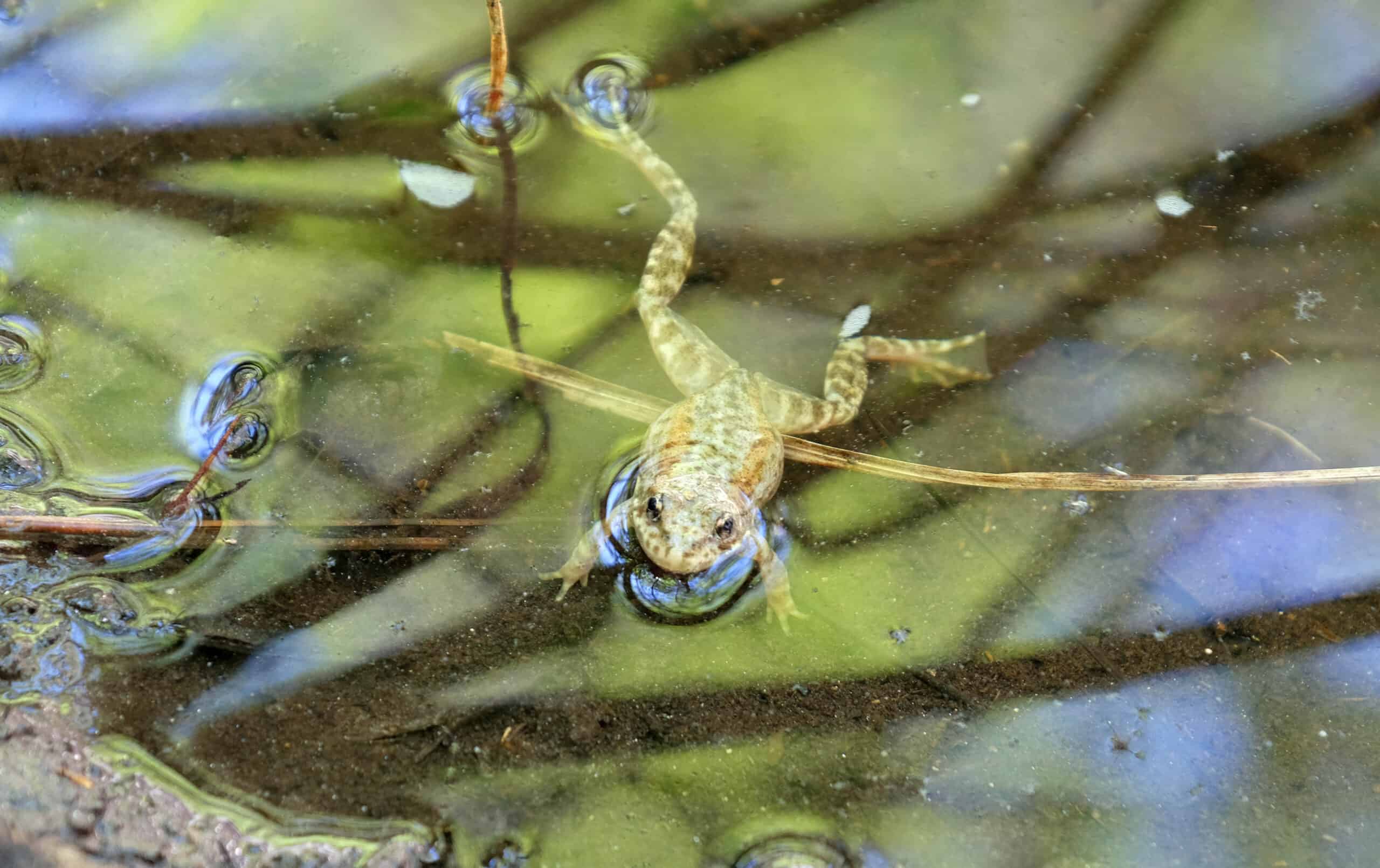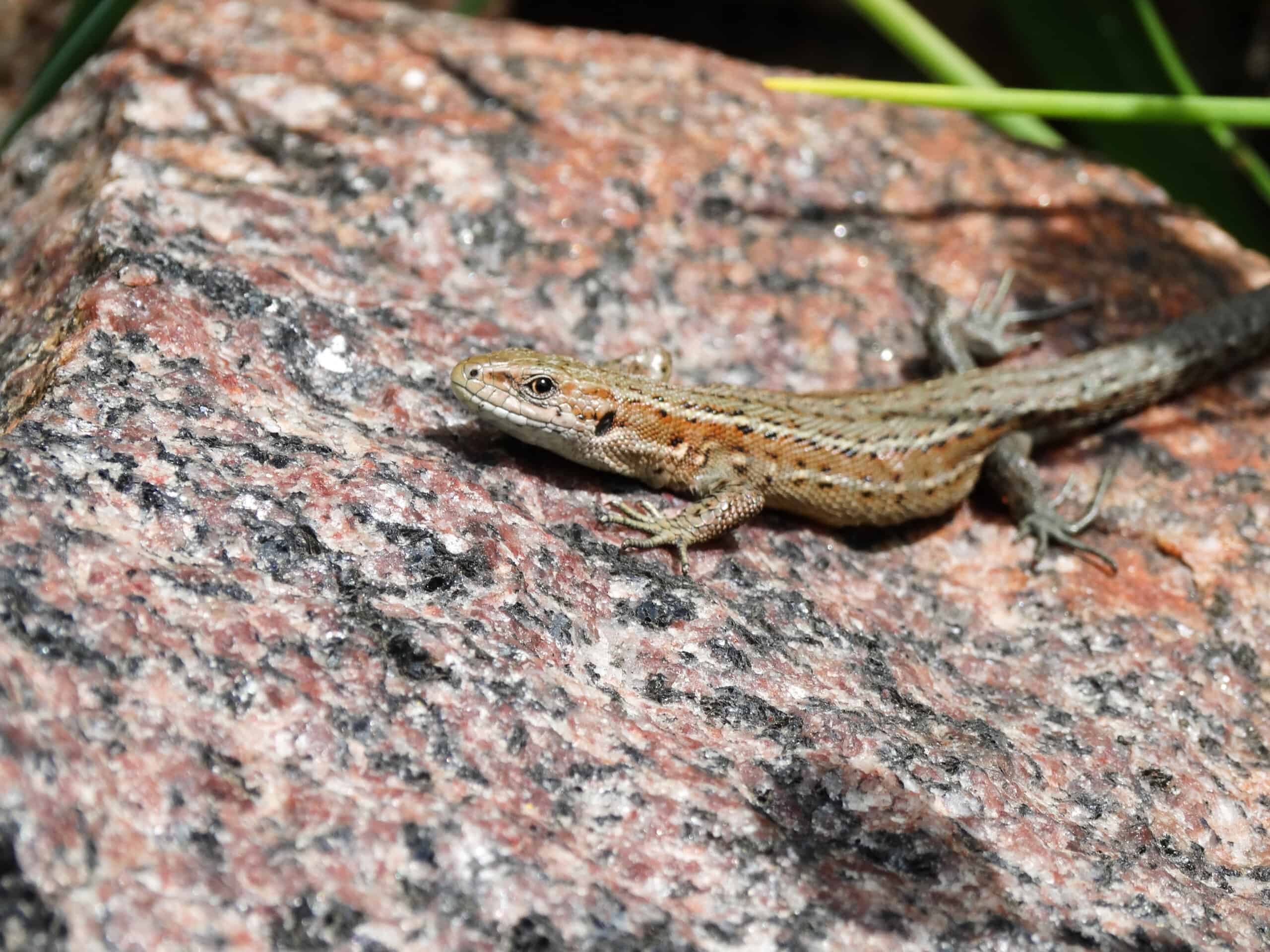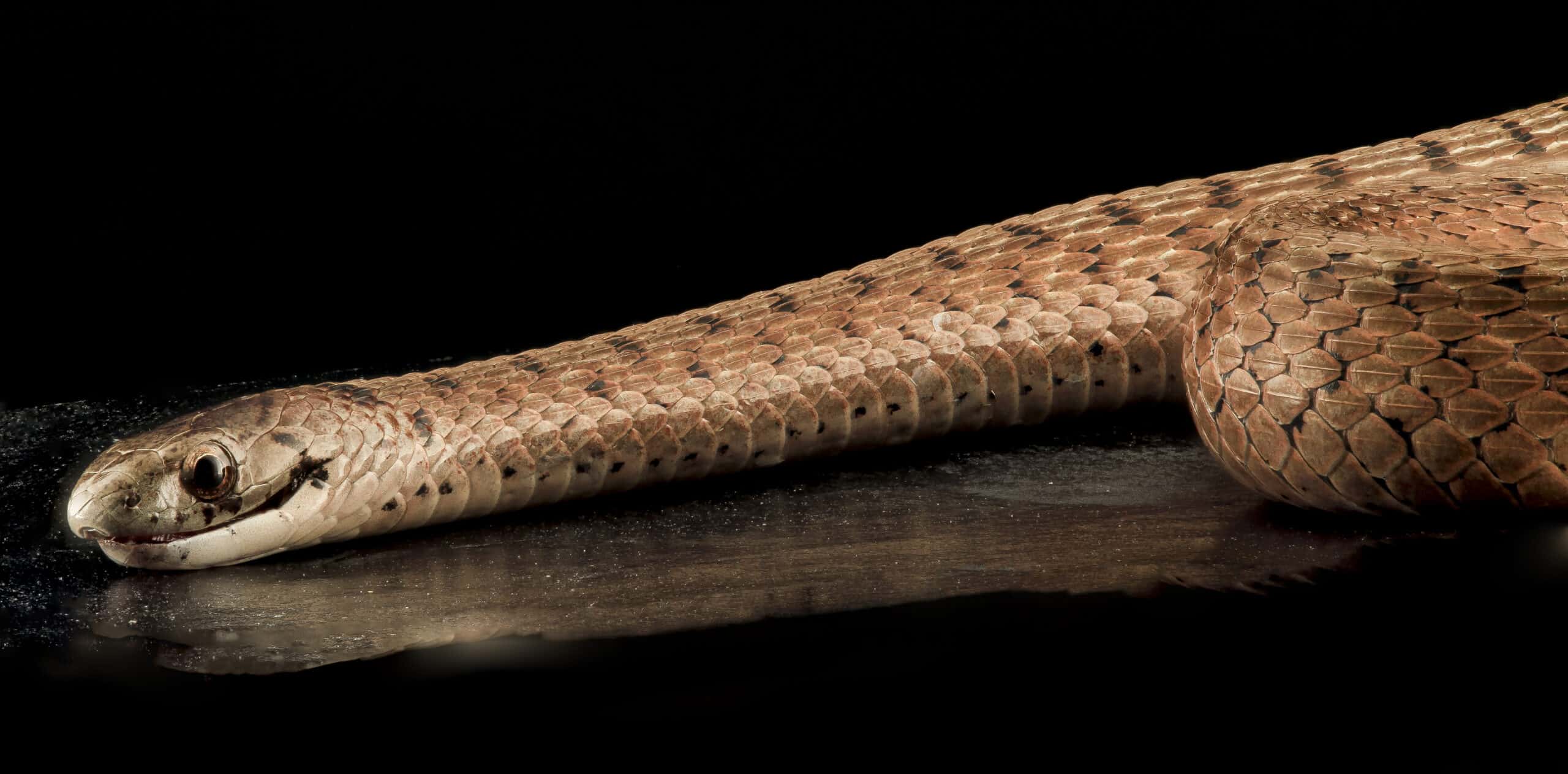Share this article
Wildlife Featured in this article
- beaver
Arctic beavers may exacerbate climate change
Beavers expose methane frozen in the permafrost
As beaver populations expand their range in the Arctic, they may also be causing more greenhouse gas emissions, contributing to climate change.
Beavers are increasing in the region, probably due largely to two different reasons. As their population rebounds from centuries of heavy trapping, the Arctic landscape is becoming more amenable to them, with shorter winters resulting in more shrubby vegetation.
But their growing numbers means more beaver dams, which are reshaping the Arctic environment. Researchers wondered how growing beaver populations in northwestern Alaska were affecting the carbon cycle.
“There aren’t a lot of animals that are engineers quite like beavers,” said Ken Tape, a research professor at the University of Alaska Fairbanks. “It’s one thing to respond to climate change. But to have an animal that is not just responding but then imparting its own changes on the landscape, that’s pretty unusual.”
Tape and his colleagues, led by Jason Clark, a postdoctoral fellow at the University of Alaska Fairbanks at the time, published an article in Environmental Research Letters looking at if and how beavers were adding to climate change.
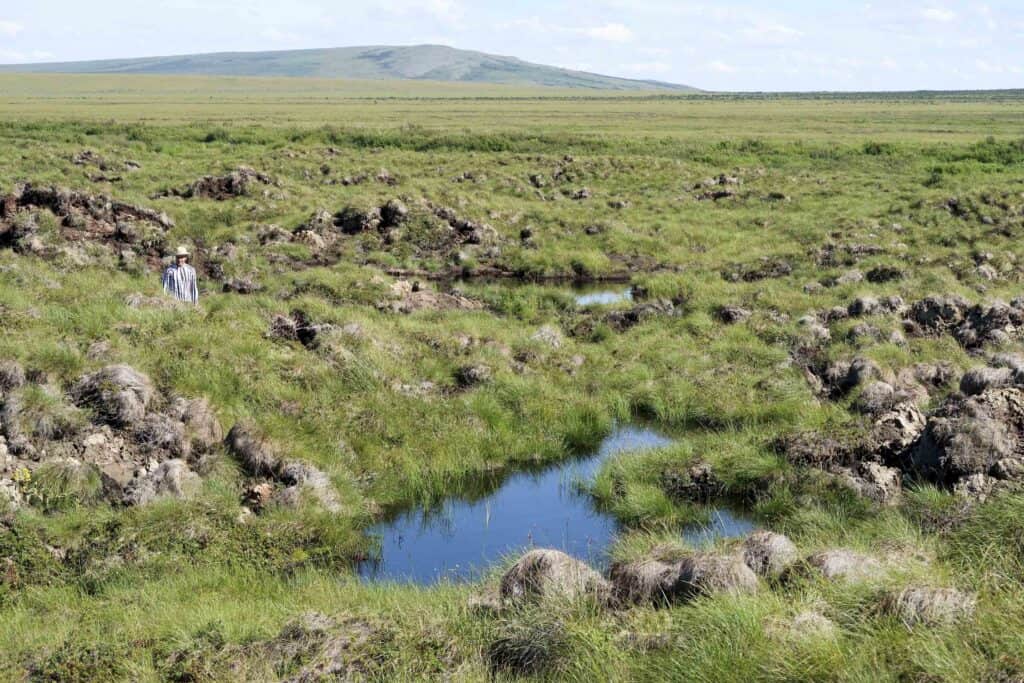
The team had the idea that if beavers flood vegetation, methane could be created. They also knew that permafrost stores a lot of carbon that’s frozen into the ground. Beavers could potentially thaw that permafrost and release the methane into the water or air, they thought.
To find out if this was true, the team tapped into NASA’s Arctic-Boreal Vulnerability Experiment program to conduct the research. The program uses an airborne hyperspectral instrument, which sees bands of light beyond the visible wavelengths we see in our everyday lives. Those extra wavelengths can show where methane emission hotspots occur.
“When you combine those different signals from those different bands, that’s how you’re able to detect methane,” Tape said.
The team looked at where beaver dams were in 166 square miles of the lower Noatak River basin in northwestern Alaska. They then looked at methane levels right around the beaver ponds.
They found that, indeed, beaver ponds were associated with higher methane output. But managing for the beavers proves quite difficult. “It’s just like stopping any effect of climate change, which is kind of hard without just stopping it at its source,” Tape said.
Getting rid of the beavers won’t help, he added. “You could shoot 5,000 beavers, and I think in five years, you’d be right back to where you started,” he said. “They’re going to exploit the habitat. That’s what they’re supposed to do. They evolved to do that.”
Tape and his colleagues now want to predict how extensive the beaver issue will be in decades to come. He’s part of the Arctic Beaver Observation Network, a group of scientists, land managers and people from Indigenous communities, formed to better understand the problem. “We always learn a lot from talking to those people, because they’re the ones who are actually out there observing this,” he said.
Header Image: Beavers ponds in Northwest Alaska are associated with elevated methane output. Credit: Ken Tape



